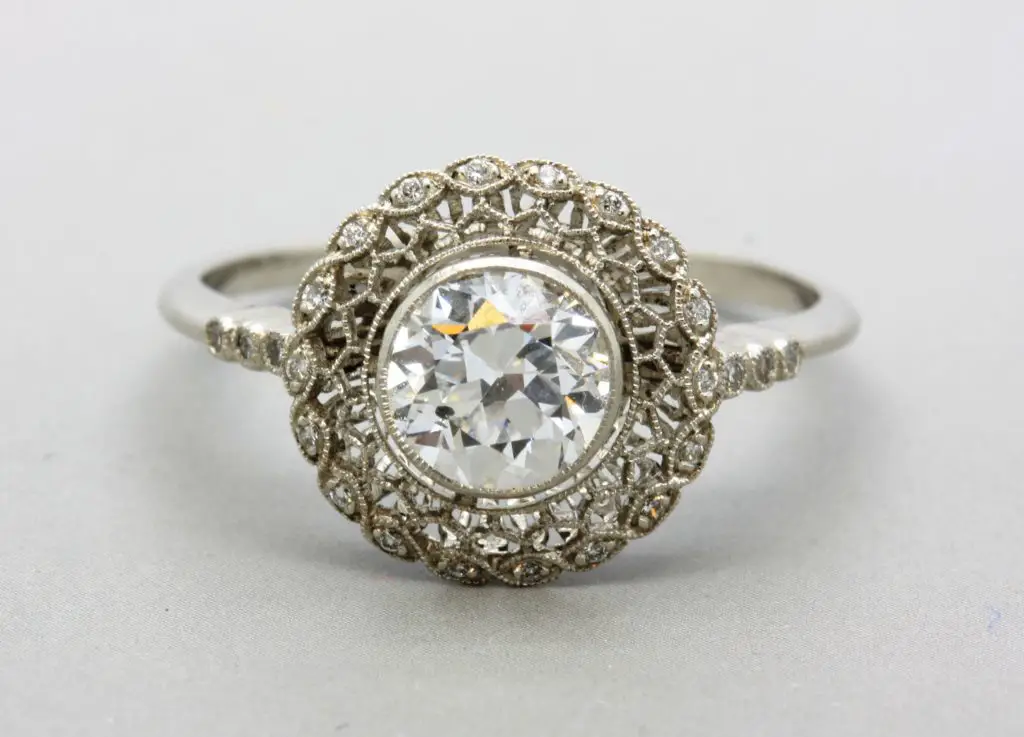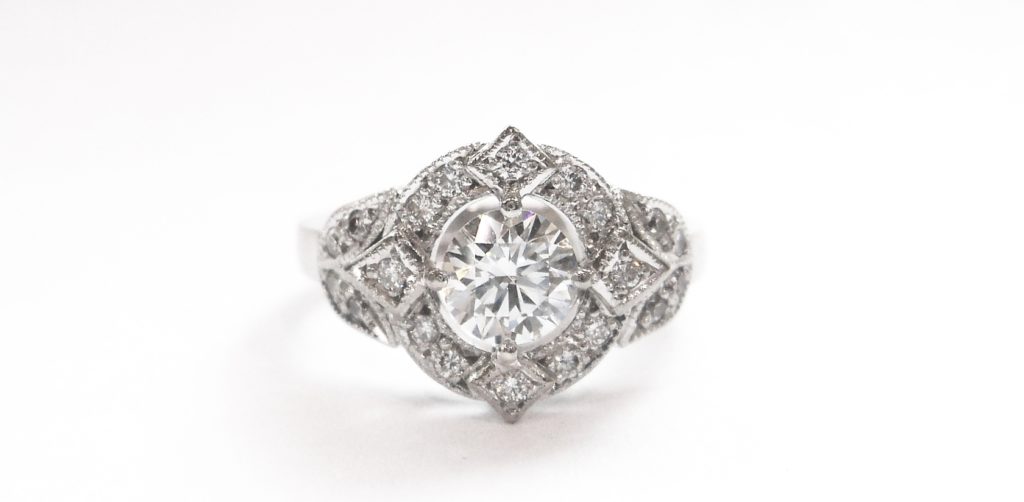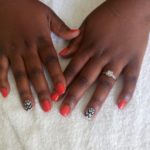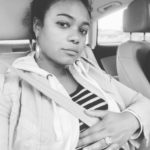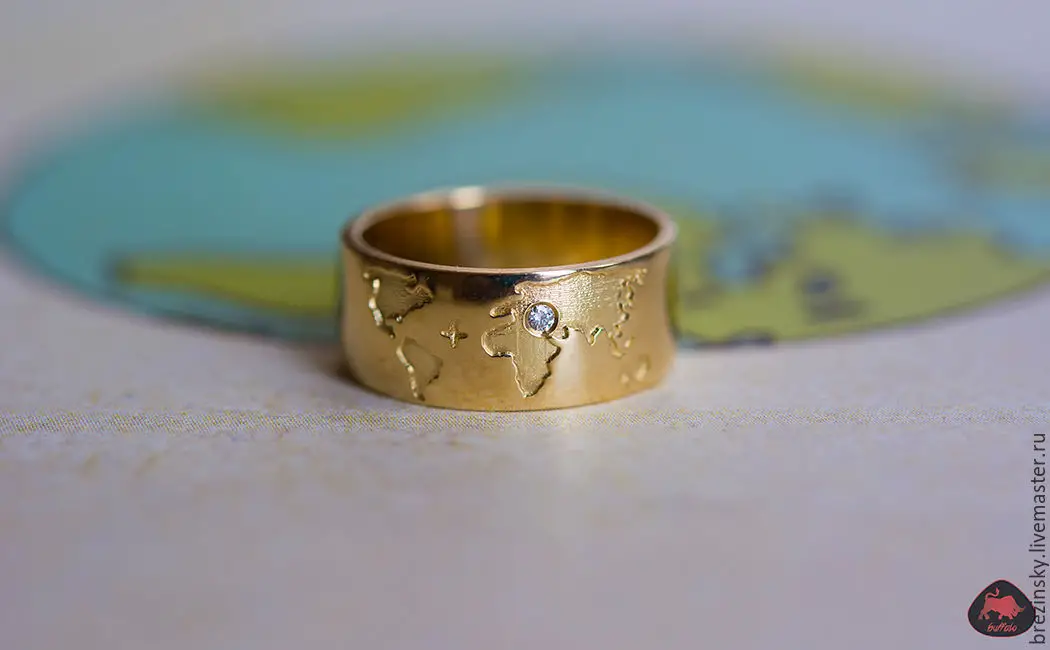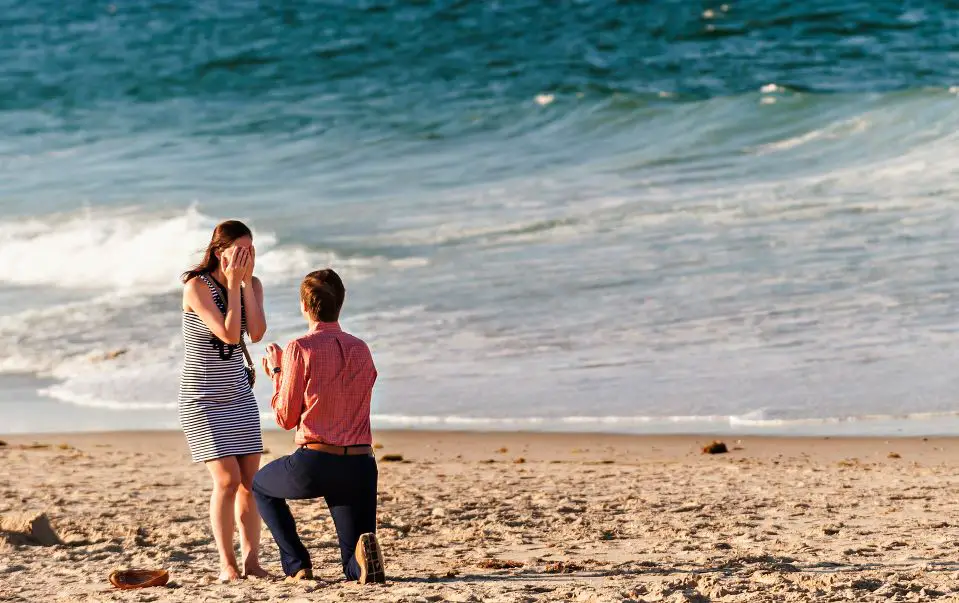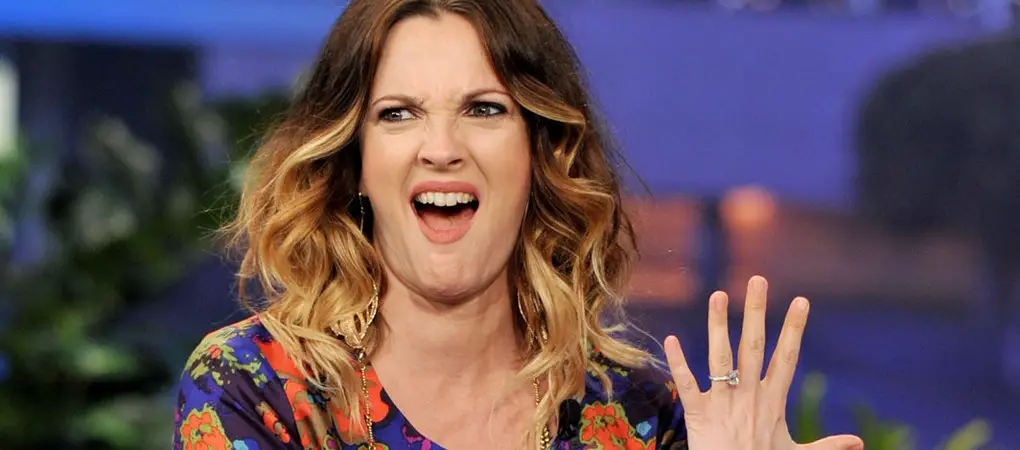When you ask anyone about jewellery design periods, most people can easily name Art Deco, Edwardian or Victorian – especially those who’ve bought or are searching for an antique engagement ring. However, there are many more lesser known design eras out there with distinct styles and aesthetics. Art Nouveau is one of these overlooked eras, probably because it coincides with another, more sought-after era (Edwardian). But trust us when we say that Art Nouveau engagement rings are some of the most beautiful around… and they’re making a comeback too. Here’s what you need to know.
Although the Art Nouveau period ran concurrently with the Edwardian period from 1890 to 1915, the typical styles are very different from one another. Art Nouveau began in the final years of the Victorian era and lasted through the Edwardian era, so it straddles both styles. It also has its own distinct ethos however. The Art Nouveau artistic movement shunned the industrial revolution and the academic art of the 10th century in favour of nature, curves, and natural structures. The philosophy was that art should be a way of life. Fine art and applied art were combined to create some very unique and always curvy buildings, jewellery pieces, sculptures, paintings and more. The architect Gaudi is considered to be one of the greats in the Art Nouveau era.
Furthermore, the Art Nouveau period came at a wonderful time in Western history. Most of the developed world was at peace (although not for long) and was experiencing great prosperity (also not for long), and social freedoms were increasing almost year on year. Artists and jewellers were highly trained and highly skilled in an industry that was getting more technologically advanced all the time, so engagement rings from this period show exquisite craftsmanship, often excellent stone cuts and uniquely creative designs.
Above all else, Art Nouveau engagement rings were influenced by nature. The lines and shapes of the rings were intended to reflect the symmetry of nature, so lots of circular swirls and loops are present as well as floral motifs. As the era progressed and Art Deco began to make a name for itself, some geometric shapes managed to creep their way in. With the industrial revolution pretty much ubiquitous by this stage, handmade engagement rings was the order of the day. Art Nouveau jewellers strove to reject all modern technology and craft their pieces from start to finish by hand, but this dream never quite became a mainstream reality. Most Art Nouveau engagement rings are machine made in some parts, although their are some stunning (and expensive) fully handcrafted pieces still in existence.
Common motifs included any kind of plants, flowers or leaves, insects, and gracefully curving lines. Oriental styles and the ‘whiplash’ curve were also extremely popular. Fired enamels was arguably one of the most widespread trends, as this was a new technology adopted into mainstream jewellery making for the first time. Many Art Nouveau engagement rings are noted for their brightly coloured enamels; a trend that skyrocketed once the Art Deco era came along.
The most common and popular materials in the era’s engagement rings are the same as the Edwardian era. Platinum and white gold were the metals of choice, especially the former. Although not as popular, yellow gold pieces are often found too. Above all else, pearls were the most popular gemstones. There are a number of reasons for this; pearls are organic and natural, and do not require unsavoury mines or modern technology to be harvested from the earth. They’re also round rather than angular (remember Art Nouveau’s obsession with curves?), and they fit the feminine, delicate aesthetic of the day better than big diamonds or precious gemstones.
Colourful gemstones are also often seen in this era, especially unusual ones like tourmaline, opal, moonstone, and lapis lazuli. Diamonds were usually used as accent stones rather than as a centrepiece in Art Nouveau engagement rings. A popular look was to have a coloured gemstone in the centre surrounded by a ‘flower’ of diamonds, i.e several small white diamonds arranged as petals around the centre stone.
While Art Nouveau may not be a very well known era these days, engagement rings from the period have always been highly sought after over the past century. This has lead to a lot of replica rings finding their way to the market, so if you’re interested in this kind of engagement ring, an independent appraisal is vital. Genuine antiques from this era will usually have a hallmark stamp and a maker’s stamp, so keep an eye out. Also, be prepared to pay big bucks – especially if you manage to get your hands on a genuinely handcrafted Art Nouveau ring.
The rest of the standard guidelines for antique engagement rings apply here: make sure it’s in excellent condition, talk to your jeweller about upkeep and maintenance, and if you’re advised not to wear your engagement ring every day, then for Pete’s sake don’t wear it every day. We know it’s hard, but it’s better than an engagement ring with a stone that’s lost forever or a setting that’s irreparably damaged.
Good luck, and happy shopping!
